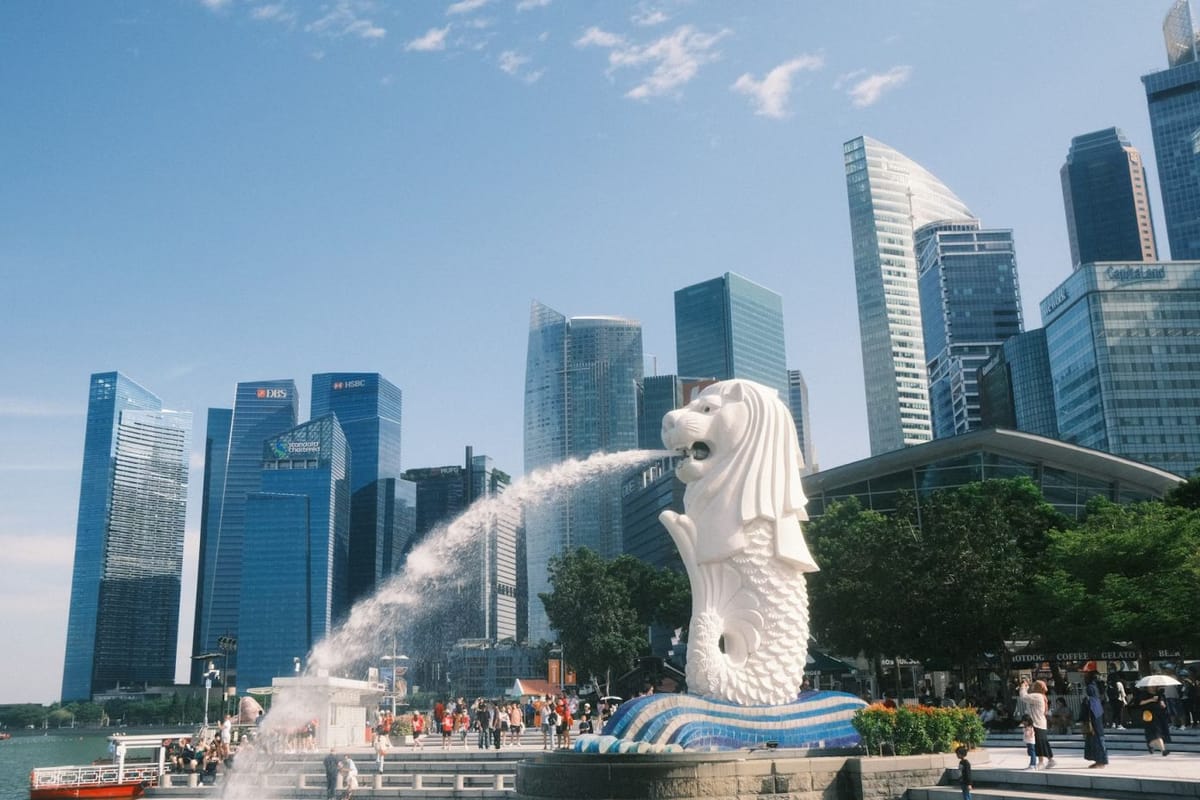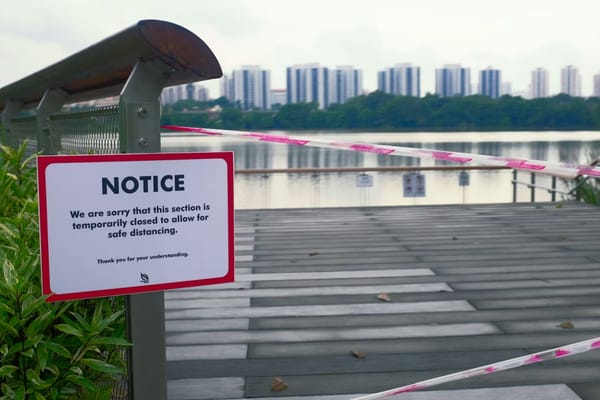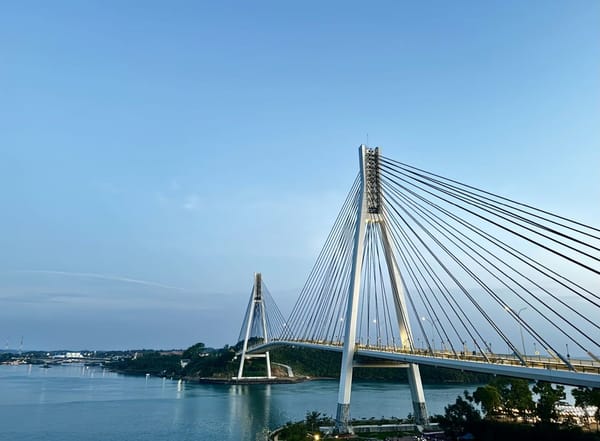How AirTrunk cracked Singapore's data centre code
The three pathways to data centre capacity in Singapore.

AirTrunk's new 70MW data centre announcement yesterday had the phones of some data centre executives buzzing nonstop. How did secure the approvals for such a large data centre?
Crucially, is this repeatable? I believe the answer is yes, but first, some background to set the stage.
Singapore's constrained market
What's the big deal about a new data centre in Singapore anyway? The city-state has held its position as a regional data centre hub for years, but climate concerns forced it to dial back its ambitions significantly.
Since the latter half of 2019, Singapore's data centre landscape has been defined by constraint and careful planning. A three-year data centre moratorium put new developments on ice. The DC-CFA pilot programme eventually allocated just 80MW in 2023. Then came the Green Data Centre Roadmap in 2024, signalling a new approach entirely.
To reassure the industry that Singapore remains open for business, the government announced 300MW of additional capacity alongside the Green DC Roadmap. This wasn't just about numbers. It was about establishing a new framework for how data centres could operate in one of the world's most land-scarce nations.
A mandate for sustainable data centres
Understanding the Green Data Centre Roadmap is crucial because it fundamentally shapes how that additional 300MW gets allocated. Billed as a "living" document that will evolve over time, the roadmap represents a bold vision to build sustainable data centres that others can replicate.
The strategy draws inspiration from Singapore's success with water self-sufficiency, aiming to help other nations achieve similar breakthroughs in data centre sustainability. The plan creates a virtuous cycle for data centre efficiency by accelerating technological improvements and speeding up green energy adoption.
The roadmap places clear emphasis on industry collaboration to redraw the boundaries of what's possible with data centres. The goal is ambitious: to do what others say cannot be done. It's not just about building more efficient facilities. It's about proving that sustainability and growth can coexist in the data centre sector.
Pathways to more capacity
Through multiple conversations to understand the Green DC Roadmap and the allocation of that 300MW last year, two things became crystal clear. There would be more DC-CFAs in the future, and the pilot programme wouldn't be the sole way to access the additional capacity.
AirTrunk's new 70MW data centre simply confirms this understanding. So how can data centre operators access this capacity? Based on publicly accessible information, data centre operators have three potential pathways to secure additional capacity in Singapore.
The first is through upcoming DC-CFA rounds, building on the pilot programme's framework. The second involves projects with strategic cloud and digital projects, reflecting Singapore's efforts not to be left behind. The third pathway focuses on unique sustainable data centre technologies that advance the industry's environmental goals.
There's likely a connection between AirTrunk's success in the pilot DC-CFA and this new approval. The winning AirTrunk-ByteDance application probably contained techniques that intrigued IMDA and led to SGP2. With that in mind, I think AirTrunk likely secured its additional capacity under the third pathway – which makes their SGP2 facility particularly interesting to watch.
The pathway exists. The question now is which operators have the technical capabilities and strategic vision to walk it successfully.




